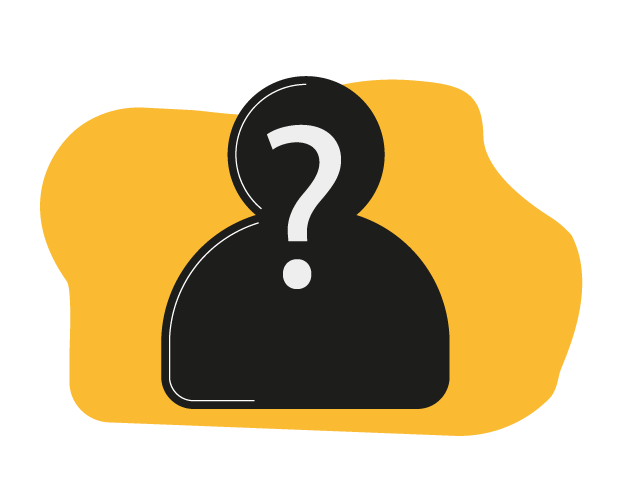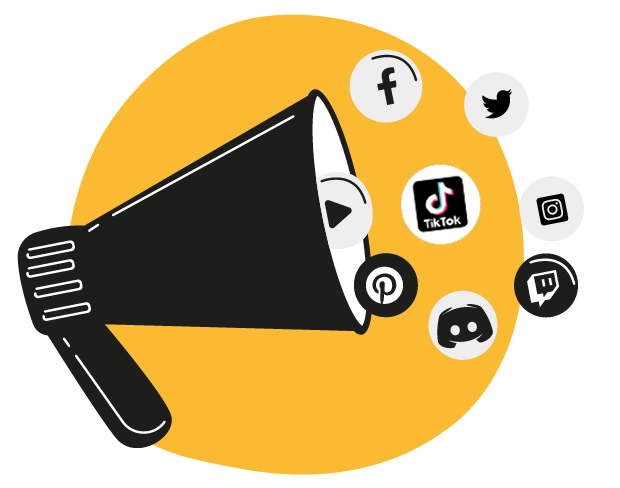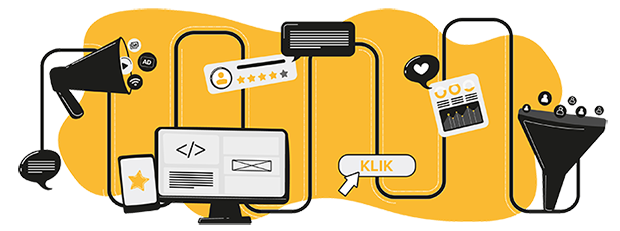What is a CDP?
A CDP, or Customer Data Platform, is an essential piece of technology for marketers and companies serious about their customer data. It's basically a central hub where all of your website visitors' interactions and behaviors are stored. Think of everything from page views to clicks and even purchase history.
Why is this so important? Well, it allows you to get a complete picture of each individual customer. By collecting and organizing all this information, you can then create smart segments. For example, you can identify groups of customers who view specific products or return to your site regularly. And the great thing is that this data all comes directly from your website and is stored in your own control, meaning you have complete control over your data.
CDPs used to be mostly for large companies, but today they are accessible to organizations of all sizes. So even if you don't have very many Web site visitors per month, there are opportunities to take advantage of what a CDP has to offer.



